The ancient Chinese were innovative and determined. They met their daily needs by creating and innovating some of the most important and long-lasting items in history.
Ancient Chinese inventions date back to the Paleolithic period, and the Chinese were always ahead of their contemporaries when it came to inventing valuable things.
They have given us the four greatest inventions in the world – the compass, gunpowder, paper, and printing, but the list doesn’t stop there.
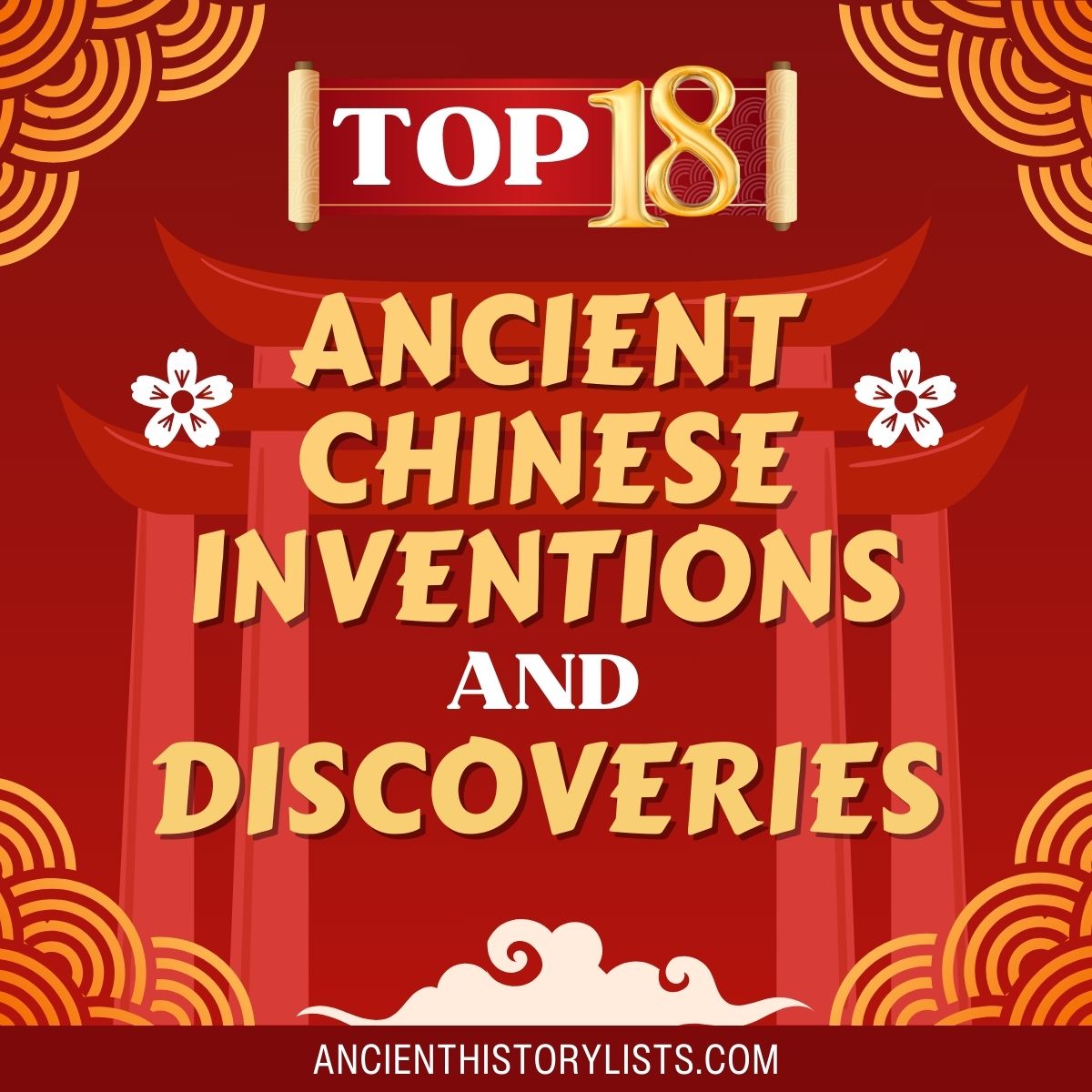
Here are the top 18 (including two from the medieval period) most famous Chinese inventions:
18. Papermaking (50–121 AD)
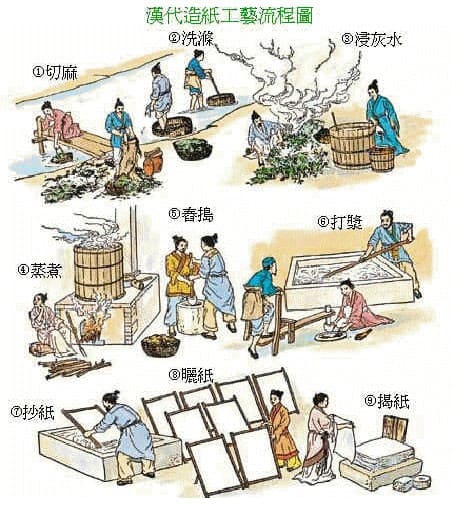
Before the invention of paper, people used different materials like wood, stone, and bone to write on. Around 2200 BC, the Egyptians discovered a type of reed called papyrus which could be used to write on by overlapping thin strips that had been soaked in water. The world “paper” was derived from papyrus.
Paper was invented in ancient China around 105 AD during the reign of the Han emperor He Di by Ts’ai Lun (or Chai Lun), an official of the imperial court. However, a recent archeological survey indicates that paper had already been invented 200 years earlier and was used by the ancient Chinese military.
Ts’ai Lun used the bark of the mulberry tree and pounded the fibers into a sheet. Later, he discovered that the quality of the paper could be improved by adding hemp and old fish nets to the pulp. Soon, paper became the new writing material, and it only took a few years before it was widely in use all over China. Later, paper was brought to the rest of the world via the Silk Road.
17. Silk
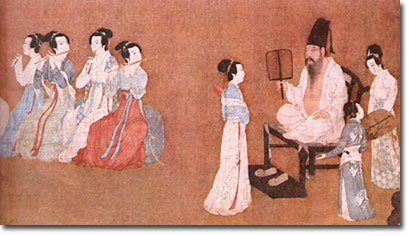
The invention of silk dates back to the fourth millennium BC during the Neolithic period. Apart from clothing, silk was widely used in a variety of sectors including writing, fishing, and for musical instruments. Silk was dominantly used by emperors and high-class society but later it spread to the rest of the population. During the Han dynasty (202 BC–220 AD), silk became more than just a commodity. It was used as a reward for a worthy Chinese citizen or government official.
Silk became an important part of the Chinese economy. Japan and the Middle East started cultivating silk around 300 AD and the Crusades brought the concept of silk production to Western Europe. This resulted in an economic boom and Chinese silk started to decrease in value and exports. However, China dominates the luxury silk market today.
16. Tea Production (2737 BC)
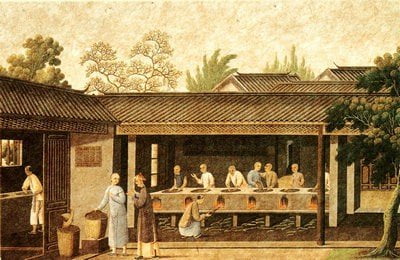
Tea was discovered in ancient China by the Chinese emperor Shennong in 2737 BC. Shennong liked to drink hot water. One day during a march he and his army stopped to rest and his servant prepared some boiling water for him. A brown leaf fell into the water and the water turned brown. The servant presented it to the emperor, he drank it and found it refreshing.
During the Han dynasty, tea was used as a medicine, and it was used as a drink on social occasions from the Tang dynasty (618–907 AD). Tea was prepared differently in ancient China than it is today. Tea leaves were processed and compressed into cake form.
The dried teacake known as brick tea was ground in a stone mortar. The powder from the teacake was then boiled in a kettle, or hot water was added to it. It was then served as a hot beverage. White tea (compressed tea) was produced during the Tang dynasty, and it was harvested in the early spring when the tea leaves were still silver needles.
15. Kites
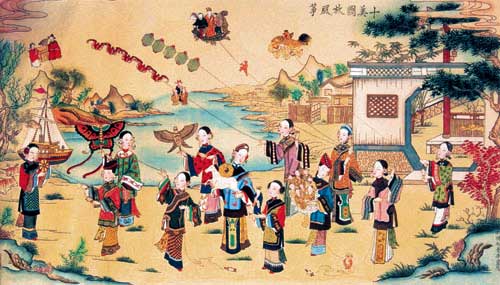
The Chinese were ahead of the rest of the world in producing silk, and they used this silk to make kites, adding a resilient and lightweight bamboo framework to high tensile strength silk. Chinese philosophers Lu Ban and Mozi documented the first kite in ancient China in the fifth century BC.
By 549 AD, paper kites were being used to carry messages for rescue missions. During the medieval period, the Chinese used kites to test the wind, measure distance, and for military communication.
See also:
Top 10 Astonishing Ancient Chinese Mythology Stories
14. The Seed Drill (250 BC)
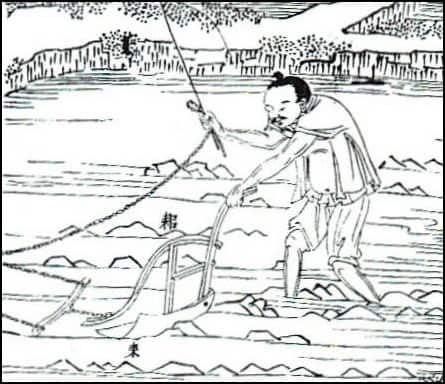
The Babylonians in ancient Mesopotamia invented single tube drills around 1500 BC, but these never reached Europe or Asia. Chinese farmers generally planted seeds by hand which was time-consuming and ineffective. Most of the seeds never germinated because of pests and the elements. The ancient Chinese found an alternative to this problem.
During the Zhou dynasty, they discovered the seed drill that allowed … However, it wasn’t until the second century BC that they invented a multi-tube iron seed drill that helped them to produce food on a larger scale.
13. Deep Drilling (Second Century BC)
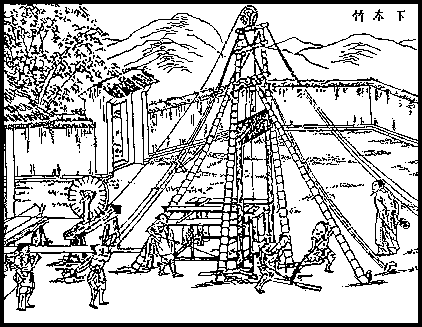
The Chinese developed drilling technology to extract brine from beneath the earth’s surface. It was developed in the landlocked province of Szechuan, around 1,200 miles from the sea, in order to get salt from boreholes.
Deep drilling borehole technology slowly improved, and the ancient Chinese were finally able to extract natural gas from the boreholes. The gas was carried by a bamboo pipe to its destination and then used as fuel.
By the 11th century, the Chinese were able to drill boreholes over 3,000 feet deep. The same technology was used to drill the first petroleum well in California in the 1860s.
12. Porcelain
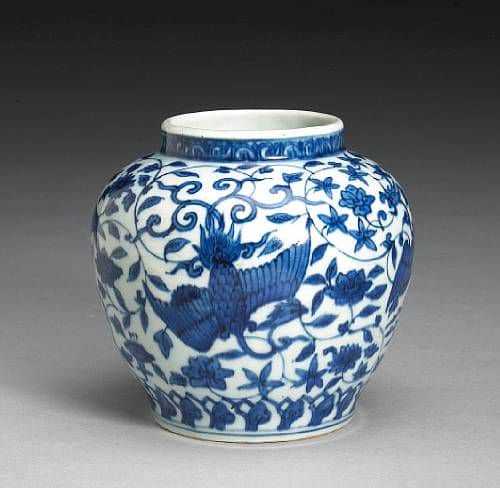
Porcelain was not a sudden invention, and an ancient form of porcelain existed during the Shang dynasty (1600 BC–1046 BC). It was perfected during the Tang dynasty and was exported to the Middle East.
During the Song dynasty (960–1279 AD), the manufacture of porcelain became highly organized and reached new heights. By the time of the Ming dynasty (1368–1644 AD) porcelain was being exported to Europe, Africa, and Asia via the Silk Road.
11. The Compass
The Chinese considered south their cardinal direction, and the original compass was created by the Chinese using a lodestone to point south. This was called the south pointer. A lodestone is a type of mineral magnetite that aligns itself with the earth’s magnetic field.
The ancient Chinese discovered that a suspended lodestone could turn freely and would point towards the magnetic poles. During the Han dynasty, it was mainly used for geomancy and fortune telling. In the 11th century, during the Song dynasty, the Chinese figured out that the lodestone, which was primarily being used as a divination tool, could also be used to indicate a direction for travelers.
In the book Shorter Science and Civilization in China, Volume 3 written by Joseph Needham, it is stated that the Chinese began to use the compass for navigation between the 9th and the 11th centuries.
10. Noodles

An archeological survey in 2002 at the Lajia site of the Qijia culture discovered some ancient noodles made of grains from millet grass. The 50cm-long yellow strands of noodles are predicted to be 4,000 years old.
Prior to this period, the earliest noodles were thought to have been eaten during the Han dynasty. There was a huge controversy over whether the Arabs, the Italians, or the Chinese first invented them.
See also:
Top 10 Traditional Ancient Chinese Foods
9. Alcoholic Beverages
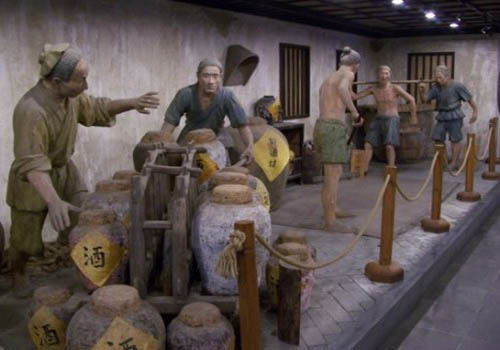
The consumption of beer began in ancient China around 9,000 years ago during the Neolithic period. They used rice, hawthorn, honey, and grapes to make the beer.
The four to five percent alcoholic beer was made popular by Yi Di and Du Kang of the Xia dynasty. Various bronze vessels preserved from the Shang dynasty indicate that they had once contained alcohol.
8. Iron and Steel Smelting
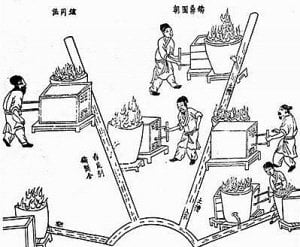
During the Paleolithic period, the Chinese used arrowheads made of stone for fishing and hunting. During the Neolithic period, conflicts began to arise among different groups and the Chinese started to modify their farming and fishing tools into deadly weapons. During the Shang and Zhou periods, bronze smelting was perfected to create different weapons as well as tools for farming.
An Iron Age began in ancient China during the Zhou dynasty (1050 BC–256 BC) and iron was used to create weapons, farming tools, and household products. During the Han dynasty private iron making was abolished, and the state began to monopolize the iron smelting industry.
The Chinese used different techniques for creating iron and steel weaponry. Their innovative techniques led to the rapid growth of the iron and steel industry in China. They invented various casting processes to produce crude iron, cast iron, wrought iron, tempering, and wrought steel that put them way ahead of other civilizations at that time.
7. The Wheelbarrow
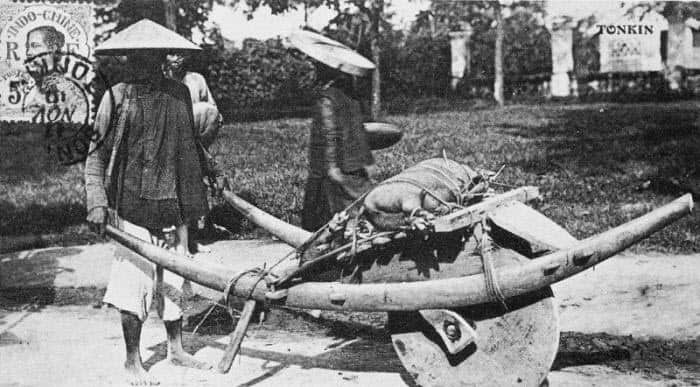
There is archaeological evidence of wheelbarrows in ancient China from the Han dynasty, as seen in Hui’s tomb murals and brick tomb reliefs. However, the invention of the wheelbarrow can be credited to prime minister Zhuge Liang (181–234 AD) of Shu Han sometime between 197 and 234 AD. Liang created the wheelbarrow to carry military weapons and to move injured and dead soldiers from the battlefield.
There were two types of wheelbarrow that were common: the front-wheeled wheelbarrow and the centrally mounted wheel. The centrally mounted design didn’t require a huge amount of energy to pull the wheelbarrow, the total weight being distributed equally between the wheels and pullers. This made it convenient to use and these wheelbarrows were used mainly by builders, soldiers, traders, and farmers.
See also:
- Top 10 Ancient Roman Inventions
- Top 11 Inventions and Discoveries of Mesopotamia
- Top 10 Inventions and Discoveries of Ancient Greece
- Top 10 Inventions of the Mayan Civilization
- Top 10 Inventions and Discoveries of Ancient Egypt
6. Acupuncture
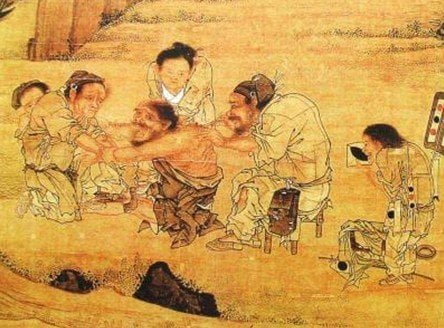
There is archaeological evidence that acupuncture was practiced in ancient China from the Paleolithic period. Different materials such as stone knives and bamboo or bone needles used as instruments of healing have all been excavated in China.
Acupuncture was revolutionized during the period of Huang Di, the Yellow Emperor (2697–2597 BC). The earliest book of Chinese medicine is the Nei Jing and was written around 305 BC–204 BC. It consists of a dialogue between Huang Di and his physicist Qi Bo about the whole spectrum of the Chinese medical arts.
5. The Seismograph
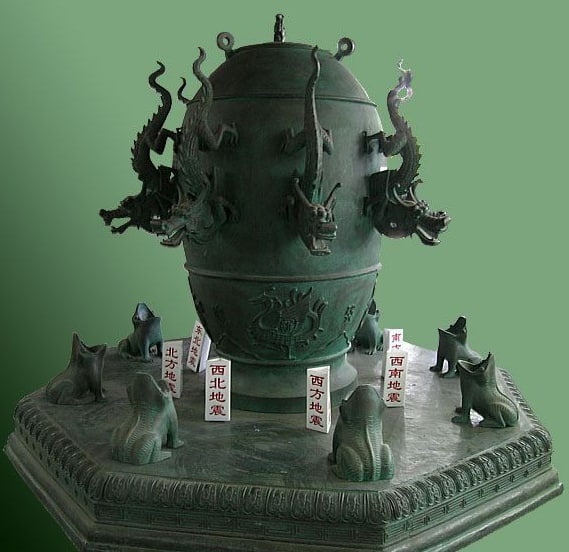
In 132 AD, Zhang Heng (78–139 AD) of the Han dynasty invented the first seismograph called “Houfeng Didong” to measure the movements of the earth and seasonal winds. The seismograph was an urn-like instrument made of copper with a central pendulum.
The eight dragons on the surface, each one holding the copper in its mouth, point out the eight different directions: east, south, west, north, southeast, northeast, southwest, and northwest.
When there was an earthquake, the dragon’s mouth that was closest to the earthquake’s source opened and the ball dropped into the mouth of the frog, producing a sound. This let people know the direction of the earthquake.
4. The Great Wall
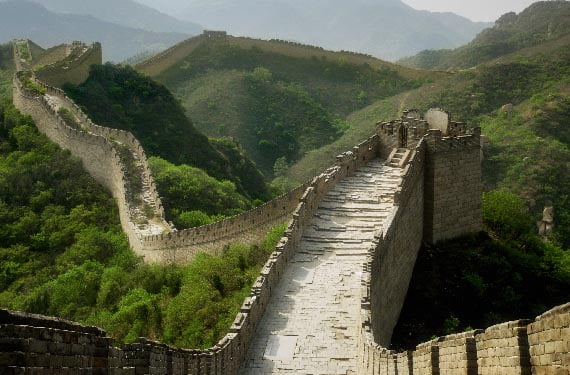
The Great Wall of China was built by the first emperor of China, Qin Shi Huang (260–210 BC) to protect the country from northern invaders. The 5,500-mile-long wall was built by slaves, criminals, and peasants.
It is estimated that millions of people worked to build the Great Wall over a period of 1,000 years. Most of the Great Wall that we can see today was built during the Ming dynasty. Glutinous rice flour was used as a binding material to bind the bricks.
3. The Silk Road
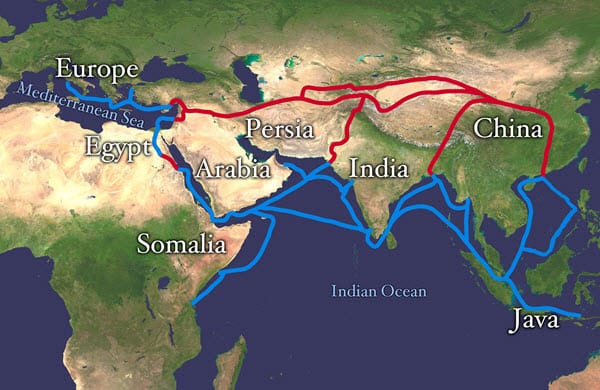
The Silk Road was an ancient trading route used by merchants, traders, and city dwellers linking Asia to the Mediterranean. The history of the Silk Road can be traced back to the Han dynasty.
The name “Silk Road” came into existence due to the lucrative silk industry that exported silk all over the world. The Silk Road was 6,400 miles long and considered an important development, enabling the silk industry to flourish.
Chinese Inventions During the Medieval Period:
2. Gunpowder
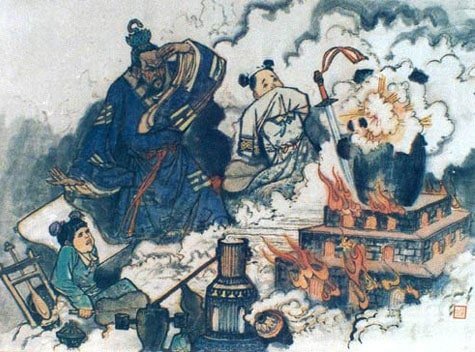
The first chemical explosive known as a gunpowder or black powder was made from sulfur, charcoal, and potassium nitrate (saltpeter). Gunpowder wasn’t a sudden invention. The Chinese had used saltpeter since the middle of the first century AD in various medical treatments.
Gunpowder was invented during the Tang dynasty in the 9th century, but it wasn’t until the Song dynasty in the 11th century that the first recorded formula was documented. The Chinese used gunpowder and gunpowder-based weaponry as a military defense.
1. Movable Type Printing
A major revolution in the history of printing came after the invention of movable clay type printing by Bi Sheng (990–1051) during the Northern Song dynasty (960–1127). The printing process consisted of four stages: making the types, composing the text, printing, and retrieving the movable types. Later, in 1298, it was re-invented by Wang Zhen during the Yuan dynasty.
He produced 100 copies of the Nong Shu or Book of Agriculture using more than 30,000 wooden movable types. The book consists of over 60,000 Chinese characters. Metal movable type printing was invented during the Jin (1115–1234) and Southern Song (1127–1279) dynasties in the 12th century. It was mostly made of bronze and was used to print money.
Conclusion
Ancient Chinese inventions revolutionized many industries that we take for granted today. Without paper, there would be no books, without the compass, traveling would have been curtailed, without printing, there would be no paper money.
The Chinese also invented lots of other things during the medieval period, and that is why two very important inventions from this period have also been included. The world would be a very different place without these ancient and medieval Chinese inventions.
“Movable-type printing” the picture show a board in Korean Hangul not in Chinese.
Thank You!!! Your amazing facts helped me a lot with my Chinese project.
Extremely Helpful and interesting, thank you so much.
You should add Playing Cards to it.Just saying.
Also, I am doing a Chinese project and this was REALLY helpful. Thank you!
The seismograph was just a description of famous Chinese history book called Shi Chi, no one knows what it looked like and how it works. Modern Chinese rebuilt it by imagination.